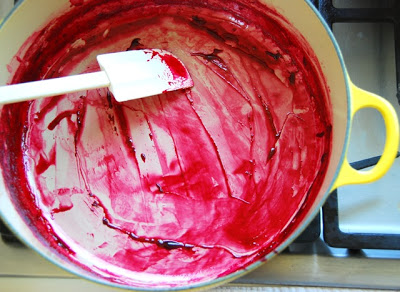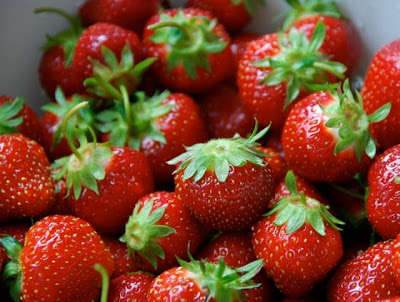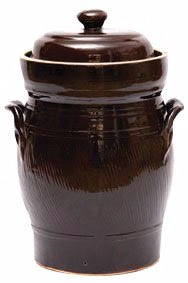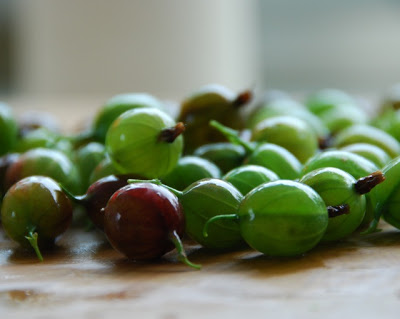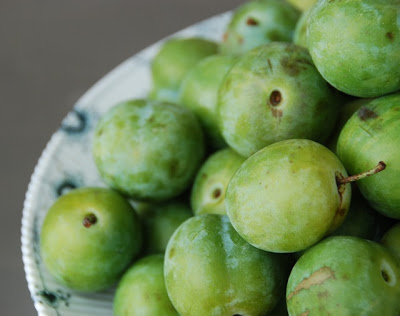Ok, I swear I think this is going to be the last of the rhubarb posts for this year. That isn’t to say that my Willy Wonka rhubarb patch is not going to continue to give. It’s just that I really do need to move on. This season has been a busy one for me, busy with work, and I fear even more lack of time to flex my preserving prowess in the coming weeks. ![]()
I think I may have missed strawberry season entirely in the northeast. (Did I?)
But never you mind with that because this little shrub-o-mine consists of one of my absolute favorite flavor combinations.
Shrubs are about the easiest thing you could ever make. At their simplest they are equal part fruit, sugar, and vinegar. Mixed with water or sparkling water they make a refreshing summer drink sans alcohol, or use as a base for a cocktail and you’ve got a whole other party going on. For all you’ve ever wanted to know about shrubs, read this great post over at serious eats.
There’s two ways to make a shrub, either by cooking the fruit, or by what is called the cold-process method. I prefer the cold-process method as it retains the fresh fruit flavor. Cold-infused herbs render a much brighter herbal flavor also. Plus, you can be lazy about the whole process, which I like.
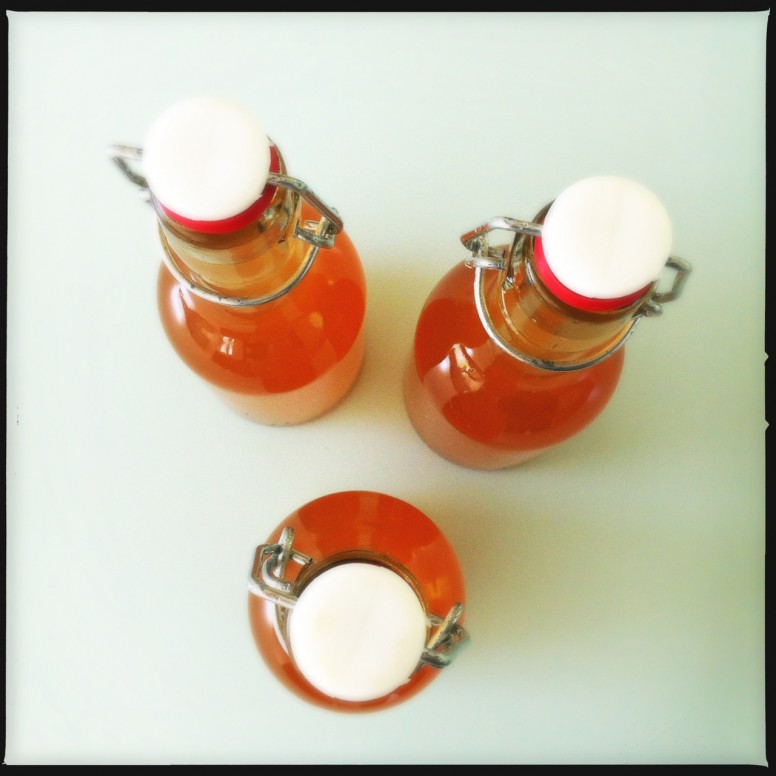 Rhubarb Lavender Shrub
Rhubarb Lavender Shrub
Yield: 1 & 1/2 quarts
Ingredients:
4 cups rhubarb, split lengthwise, then chopped into 1/2 inch pieces
4 cups champagne vinegar (or apple cider vinegar)
15 sprigs of lavender, no flowers (or 10 lavender flowers)
4 cups organic sugar
Directions:
- Stir chopped rhubarb and sugar together in a large bowl. Place a towel loosely over top and let sit at room temperature overnight. Stir once or twice during that time continuing to redistribute the sugar that settles at the bottom.
- Next day tuck lavender sprigs inside and give it one more stir. Place in the fridge. At this point I transferred all to a half gallon jar and promptly let it sit in fridge for 6 whole days as I traveled back and forth to nyc. You can do that too if you happen to need to get to the city.
- After 24 hours or 6 days (or anything in between, or even a couple days more) take the whole lot out of the fridge and strain over a fine-meshed colander, or chinouis. I let this sit at room temperature overnight, even stirring a bit here and there if it looks like the sugar is sitting on top.
- Next day discard the solids, add vinegar to the remaining liquid and whisk. Pour into jars or bottles and place directly in fridge.
Let your shrub rest in the refrigerator for at least a week. It gets better over time as the bite of the vinegar mellows and the fresh fruit and lavender flavor remain and even intensify. A couple of teaspoons is all that is needed per glass.
You would not want to hot-water bath process this as it would change the flavor, and it lasts a good 3 months or more in the fridge so no need to. This is also a wonderful place to use homemade vinegars as a precise acidity level is not needed for preservation.
I’ve got that rhubarb out of the way just in the nick of time, ’cause I got blueberries coming at me! Lots of them! (as long as I can keep the birds at bay) Wait! Did I just say blueberries & bay?! That sounds like another perfect shrub combo!
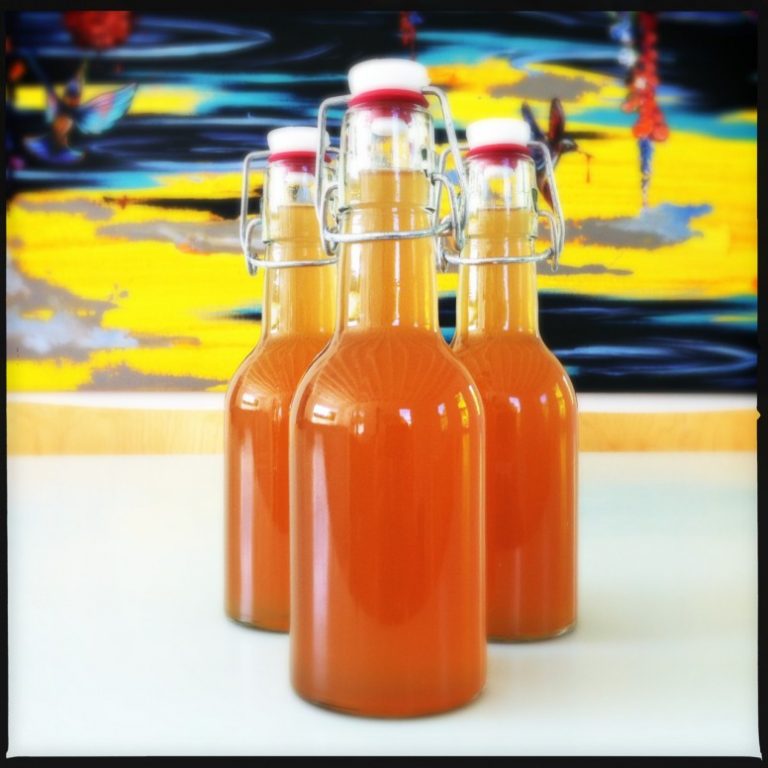
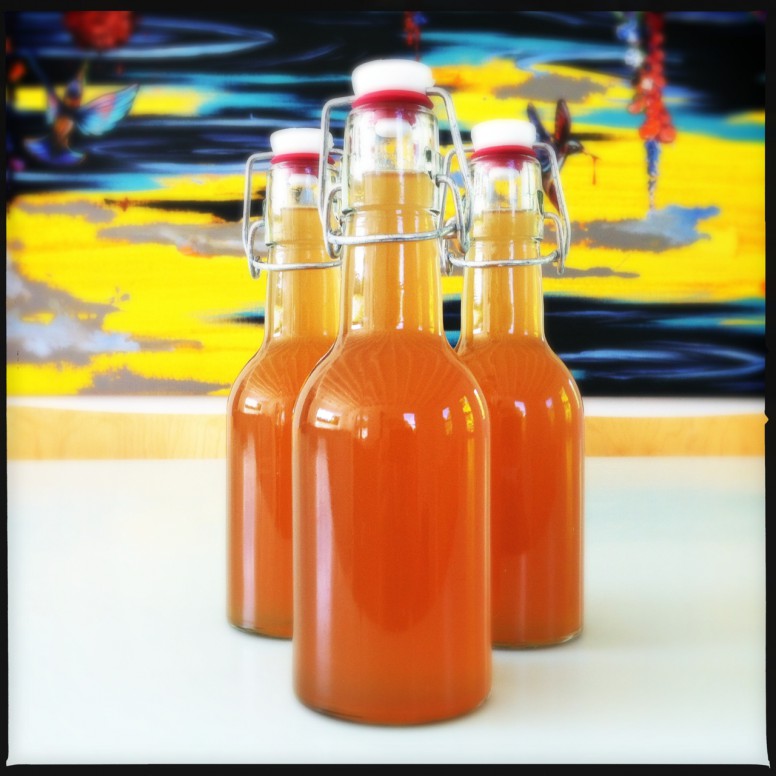
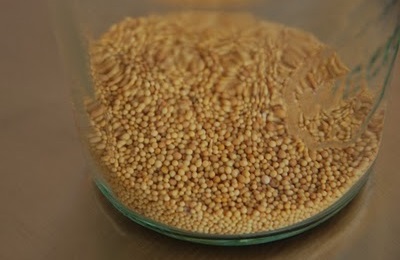
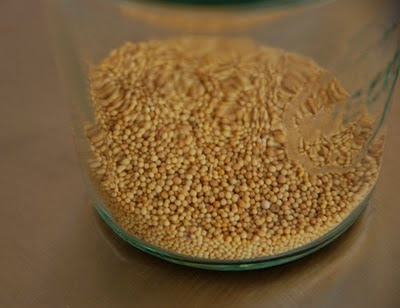
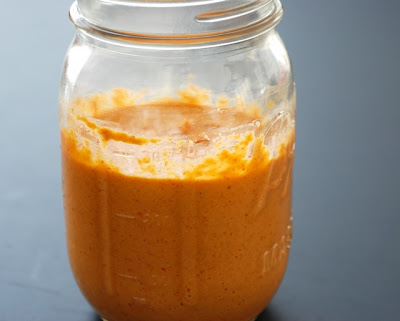
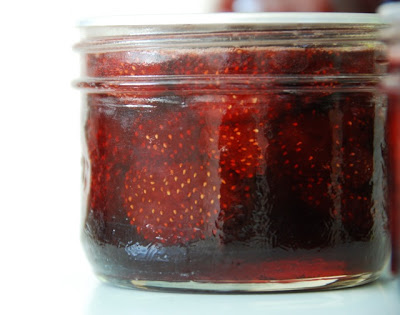
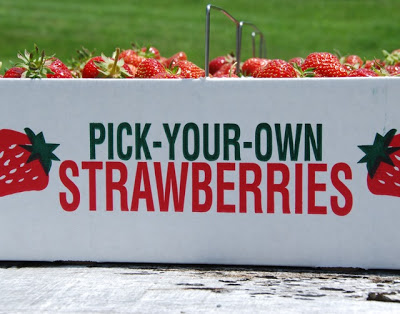
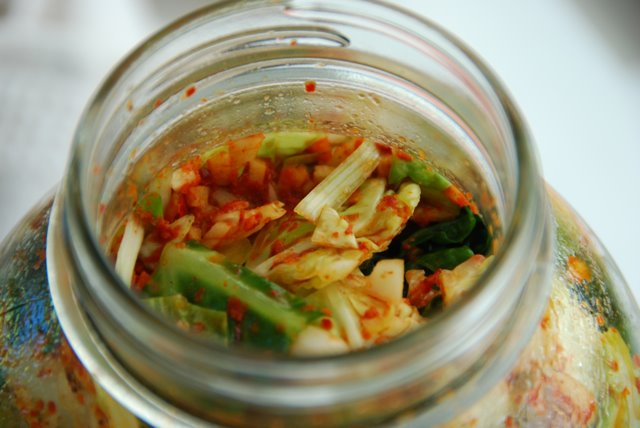
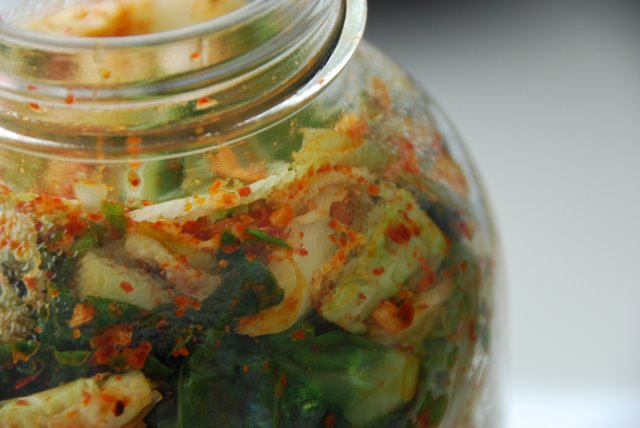
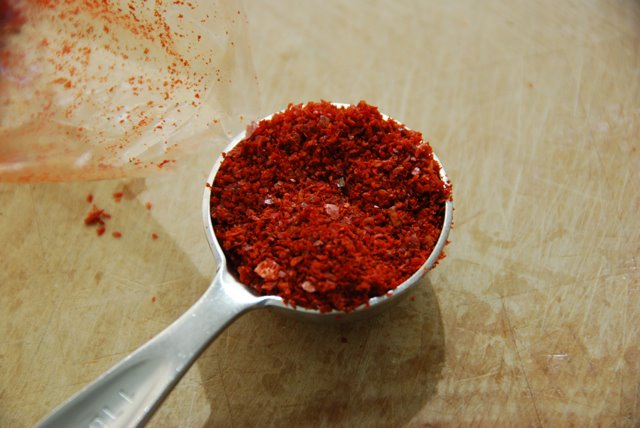
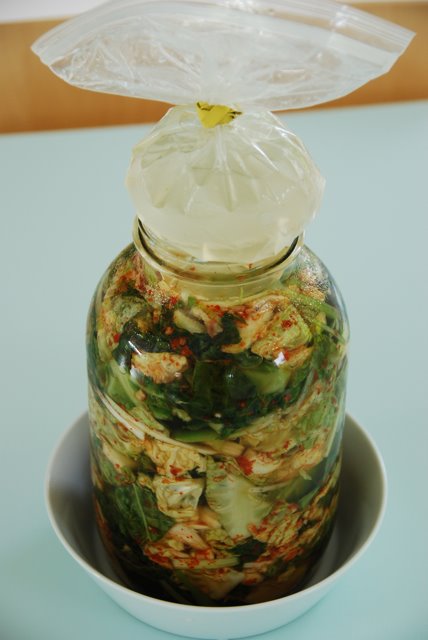
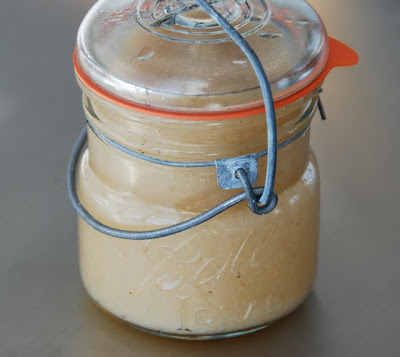


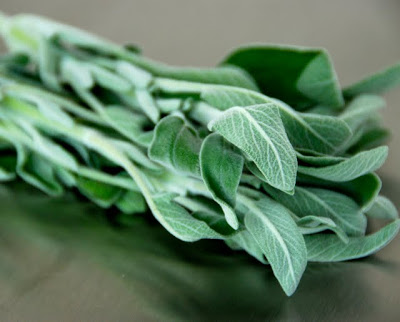
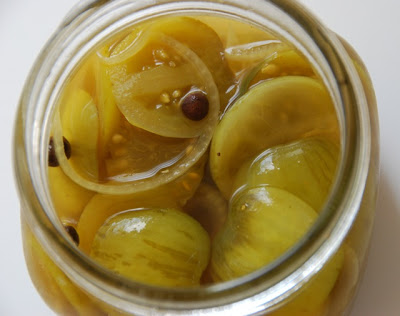

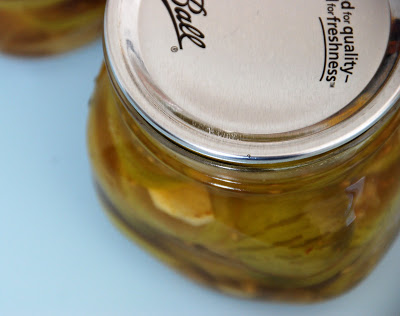
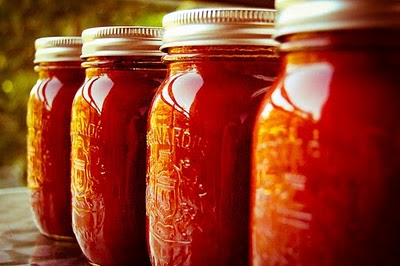
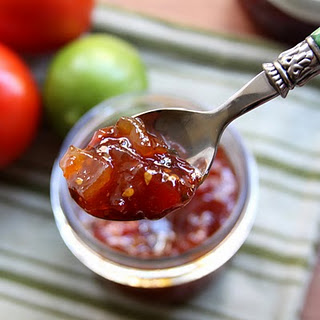
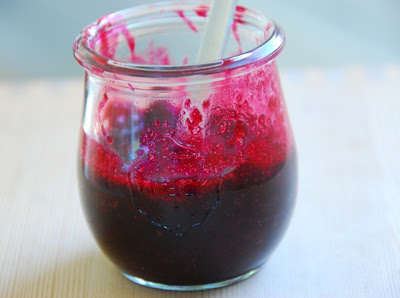
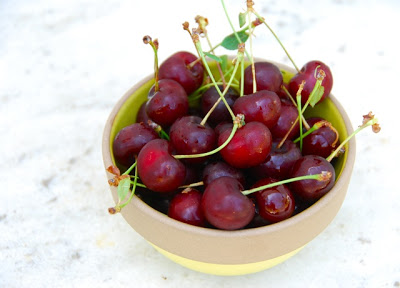
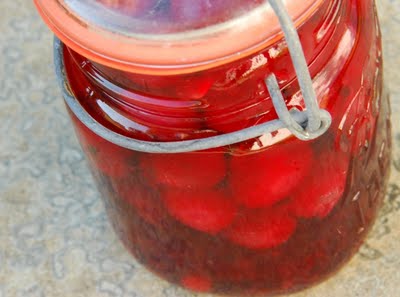 Simple Sour Cherries
Simple Sour Cherries